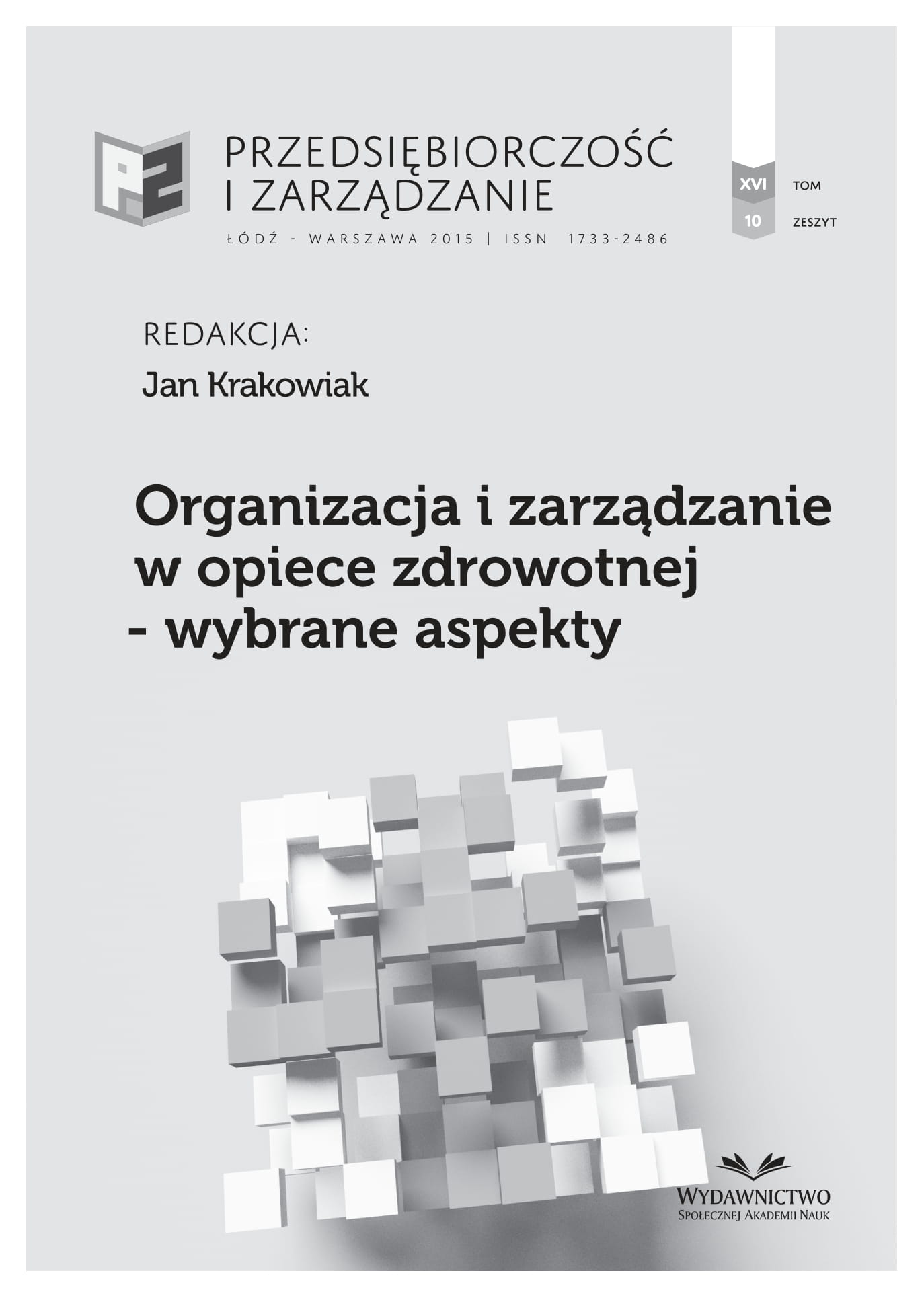Nadzór nad przestrzeganiem praw własności intelektualnej w kształceniu personelu pielęgniarskiego – egzemplifikacja praktyczna zarządzania plagiatem
Monitoring compliance with intellectual property rights in the training of nursing personnel – practical exemplification of plagiarism management
Author(s): Mariusz Panczyk, Aleksander Zarzeka, Jarosława Belowska, Joanna GotlibSubject(s): Education, Human Rights and Humanitarian Law, Socio-Economic Research
Published by: Społeczna Akademia Nauk
Keywords: academic cheating; academic dishonesty; plagiarism; nursing education research; plagiarism detection software
Summary/Abstract: ackground: Plagiarism is one of the most common forms of academic dishonesty and it concerns Nursing students as well as students of other majors. Aim: Plagiarism detection of written assignments such as essays prepared by full-time students majoring in Nursing on a Master's degree course at Medical University of Warsaw (MUW) to get a credit for the "Patient Rights" course. Materials and Methods: A total of 210 written essays prepared by students to get a credit for the "Education in Health Protection Law" course were analysed for plagiarism. Turnitin® anti-plagiarism software was used for generating similarity reports. The following three quantitative similarity indices were determined: general (OWP), internet (IWP), and cross (KWP). Pearson product-moment correlation coefficients for the pairs of indices (OWP-IWP, OWP-KWP, and IWP-KWP) were estimated. Results: With the assumed threshold for OWP amounting to 20%, texts suspected of plagiarism constituted 52% of the total (mean OWP value of 30%). A strong relation between OWP and KWP (r = 0.934; P < 0.001) was observed. Although a positive relation was also seen with reference to OWP-IWP, its strength was significantly lower (r = 0.626; P < 0.001). KWP-IWP relation also demonstrated a correlation between similarity of the content of a student's essay written with the use of internet resources and a degree to which this student copied texts of other students (r = 0.412; P < 0.001).
Journal: Przedsiębiorczość i Zarządzanie
- Issue Year: 16/2015
- Issue No: 10
- Page Range: 263-276
- Page Count: 14
- Language: Polish

